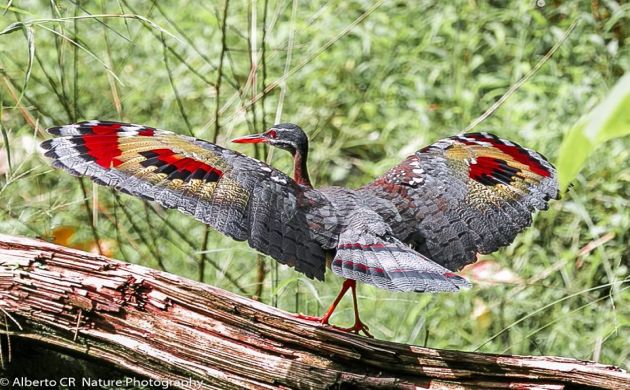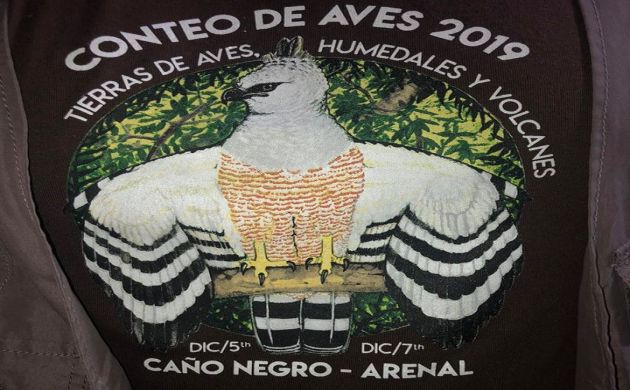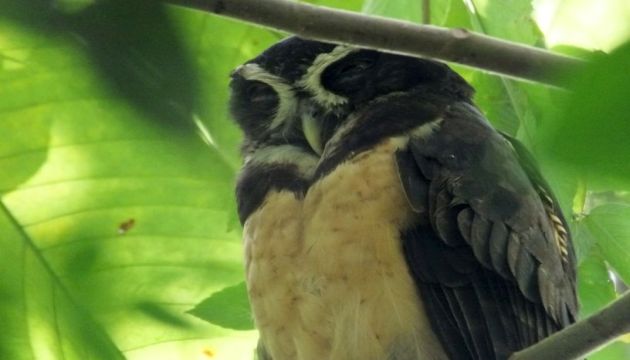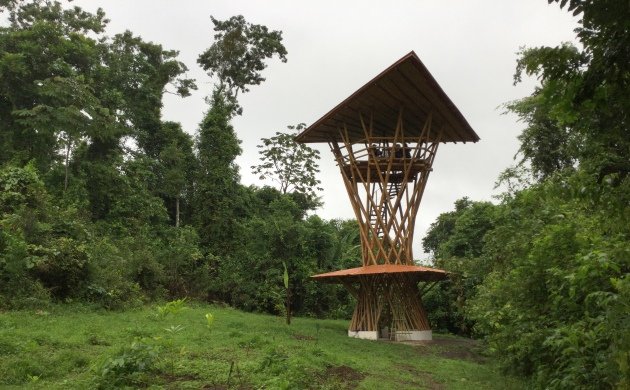
It doesn’t get cold in Costa Rica. At least that’s how I see it but then again, since I grew up in a place that goes Arctic for a few months of each year, my personal position on “cold” might not coincide with the one held by folks in the tropical zone. That’s where Costa Rica is situated of course and is partly why so many birds live here. It’s also why 60 degrees f. is considered “cold” by many locals and why 50 is downright frigid. One of the examples of that tropical take on cold happened to me one cool, December day when a senior citizen walked by and couldn’t help but share her impressions on the unusual temperatures. Her face was beset with disconcerting lines of worry as she exclaimed, “It’s so cold!” I can’t recall how cold it was because the 60 something degrees and breezy weather were just enough to justify a light jacket but not wanting to discuss what it really feels like when the lethal freezing fingers are so strong that they creep down into the ground to break water pipes, I just nodded in agreement.
Located a bit north of the equator, it is understandably warm in Costa Rica but since we also have elevation, it does get cool and sometimes sort of cold high up there and especially during the night. The temperatures can also cool down a bit when cold fronts arrive from the north. During the recent storm up in the USA, we had a bit of a cold front but instead of snow, we get wind and rain and more rain, and then some more. It’s par for the course in December, Costa Rica, and unfortunately, often coincides with our annual bird counts. For the past few years, we have lucked out with some of the counts in northern Costa Rica, this year though, our luck ran out, at least in terms of weather.
On December 5th, the annual count at Cano Negro took place, the Arenal count followed shortly after on the 7th. For many of us, it was a near back to back double bird count and since the same folks organized both, we also had the same cool shirt for each of them.
One of my favorite count shirts to date! Hard to beat the cool factor of a Crested Eagle. Photo taken by Alberto Palma.
Unfortunately for us, a cold front came in around the same time as the first count and lasted until the second. This resulted in heavy rains for at least part of each count but at least not for the entire time and in that sense, we seriously lucked out! You see, during a cold front in Costa Rica, a birder can forget about that typical, easily predictable tropical storm stuff. There’s no sun in the morning followed by the scheduled downpour, only varying degrees of rain happening before dawn, usually in the morning, and any other time of day and the water can indeed pour on down for 24 hours. All one can do is take advantage of any break in the weather and keep on birding, keep looking, keep pishing in vain and drink that coffee (or maybe whiskey) and take the Zen approach to birding. Even though you know that you saw a Yellow-eared Toucanet and heard a Spectacled Owl the day before, you can’t really expect them on a rainy count day. But, keep birding because cold fronts also bring in other stuff.
Spectacled Owl from another day.
At Cano Negro, the stormy weather gave us a few birds rarely if ever seen at this inland freshwater wetland complex; Laughing Gulls, a Sandwich Tern, and two Brown Pelicans! Those were some interesting additions to a day of birding that also gave us more expected ones like Bat Falcon, Black-collared Hawk, Bare-crowned Antbird, and 125 other species. Despite rain during part of the day, the other teams also did very well and we ended up with a final overall tally of more than 270 species.
At the Arenal count, I did my usual route at Finca Luna Nueva and the Texas A and M Soltis Center, this time with my partner Mary and friend and local guide Beto Palma. Although expected night and morning rains eliminated owls from our list, and cooler weather cut down on vocal activity, the sun came out for a couple of hours in the afternoon and we finished with around 130 species. This was less than usual but couldn’t be helped with the cool, rainy weather. Even so, we still had a great day of birding that included such species as Olivaceous Piculet, Spotted, Bicolored, and Ocellated Antbirds, Black-crested Coquette and several other hummingbirds, and a fantastic friendly Sunbittern.
Photo taken by Alberto Palma.
We also birded from the cool, new tower at Finca Luna Nueva!
Our efforts also paid off in finding the only Uniform Crake, Gray Catbird, and Brown-capped Tyrannulet for the count. Other teams also had to deal with the same weather conditions but still persevered in finding most of the expected species including such challenging birds as Lanceolated Monklet, Bare-necked Umbrellabird, and Sharpbill among others for an impressive final total of 350 plus species.
If there is one thing I learned from counting birds during this recent cold front, it would be to sleep in and reschedule the count. Just kidding! It would be to persevere and keep watching albeit maybe from a sheltered spot with a good view of the forest, a great cup of coffee, and the best of company. Keep on birding, I hope to see you in Costa Rica.













Wow, Pat, you say “Lanceolated Monklet” so casually, calling it one of “the expected species”–I thought that’s like the Holy Grail bird! Anyway, I sure would love to join a CBC in Costa Rica sometime!
@Mary- Yeah, it is a tough one! But, there are a couple chances for it on count routes, one of which is very good for it- the Fortuna Waterfall Trail. I hope you get the chance to do some CBCs in Costa Rica.